Air Drills
Air Drills deliver strong, reliable power through compressed air for versatile applications.
Air drills are a staple in many workshops, beloved for their power, versatility, and efficiency. Whether you’re a novice looking to expand your toolset or a seasoned professional, understanding more about air drills can greatly enhance your craftsmanship and productivity. Let’s delve into what makes these tools a valued addition to your collection.
Understanding What Air Drills Are
Air drills, also known as pneumatic drills, are powered by compressed air as opposed to electricity or batteries. They are commonly used in both industrial and automotive applications due to their capability to deliver consistent performance and torque.
Key Features of Air Drills
- Lightweight and Portable: Compared to electric drills, air drills tend to be lighter, which reduces user fatigue during prolonged use.
- Variable Speed Control: Many models come with adjustable speed settings, allowing you to work with precision on different types of materials.
- Less Maintenance: With fewer moving parts, air drills generally require less upkeep than their electric counterparts.
Types of Air Drills and How to Use Them
There are different kinds of air drills suited for varied tasks. Each type has specific characteristics designed to optimize performance for particular applications.
Pistol Grip Air Drills
Pistol grip air drills are among the most common, featuring a design that feels similar to a handgun. This design makes them ergonomic and easy to control. They’re ideal for general-purpose drilling in both wood and metal.
Right Angle Pneumatic Drills
For projects requiring drilling in tight spaces or at awkward angles, right angle air drills are incredibly useful. Their head is positioned at a 90-degree angle from the handle, making them indispensable for automotive and construction work.
Inline Air Drills
Inline air drills are built for precision and are aligned parallel to the drill body. They are ideal for high-speed applications and fine precision drilling in electronics or detailed woodworking.
Practical Applications of Air Drills
The range of tasks you can accomplish with air drills is vast, and their applications are varied across different fields.
- Automotive Repairs: Air drills are used for tasks such as removing and installing hardware without the risk of sparking, which is crucial in environments where flammable materials are present.
- Woodworking and Carpentry: These tools provide consistently high torque, making them efficient for repetitive drilling in timber and plywood.
- Metalworking: With the right drill bit, air drills can efficiently penetrate metal sheets, proving essential in metal fabrication and repair tasks.
For further details, Engineering Explained provides an insightful look into the mechanics and benefits of pneumatic tools in various industrial settings.
Important Considerations for Choosing an Air Drill
- Air Pressure and Volume: Ensure your air compressor can deliver adequate CFM (cubic feet per minute) and PSI (pounds per square inch) to power the tool reliably.
- Size and Weight: Select a drill that you can handle comfortably over extended periods without experiencing fatigue.
- Ergonomics: Look for models with comfortable grips and easy-to-access controls to enhance usability and safety.
Investing time in understanding air drills will undoubtedly contribute to more efficient and enjoyable work experiences in your shop. While they may not be suitable for every task, their reliability and power make them an invaluable tool for many projects.
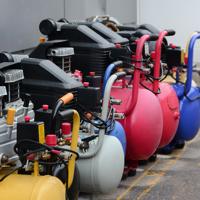
A comparison of air and electric drills detailing their strengths and challenges.

A concise exploration of air drills crafted for intricate tasks.
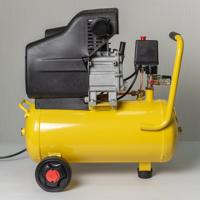
Air tools enhance precision and efficiency in a variety of metalworking tasks.
A clear and practical guide to safe and effective air tool usage.

DIY Projects with Air Tools simplifies home improvement by embracing the efficiency of pneumatic technology.
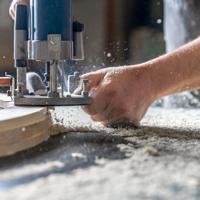
A guide explaining the role of pneumatic tools in various woodworking projects.
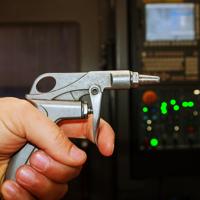
Air grinders offer adaptable performance for a range of precision tasks.
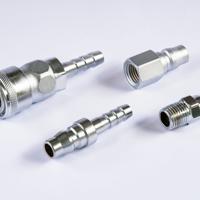
A focused guide on what to consider when purchasing air tools for your projects.